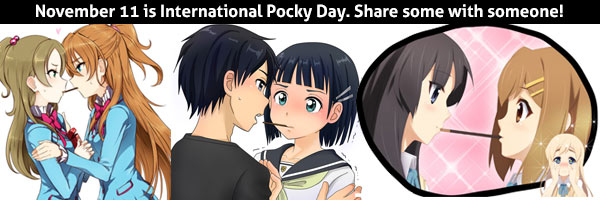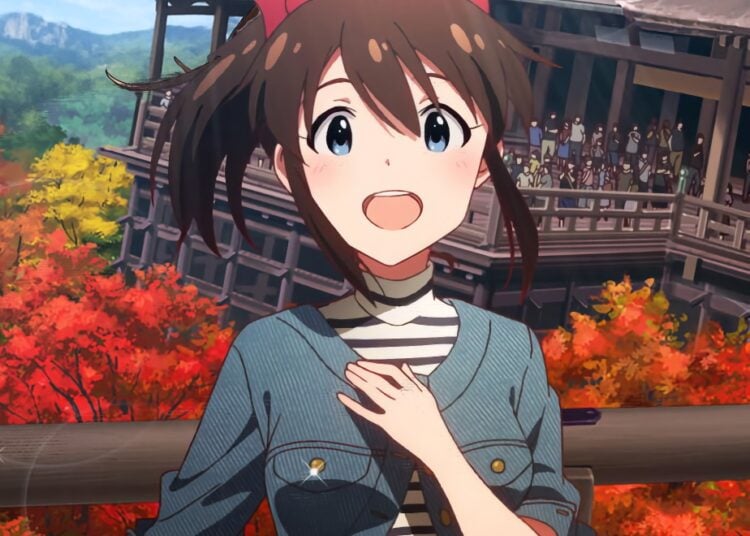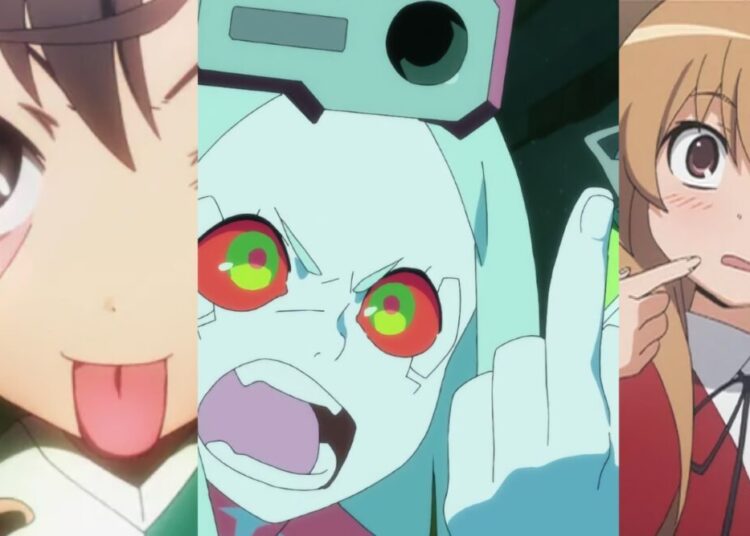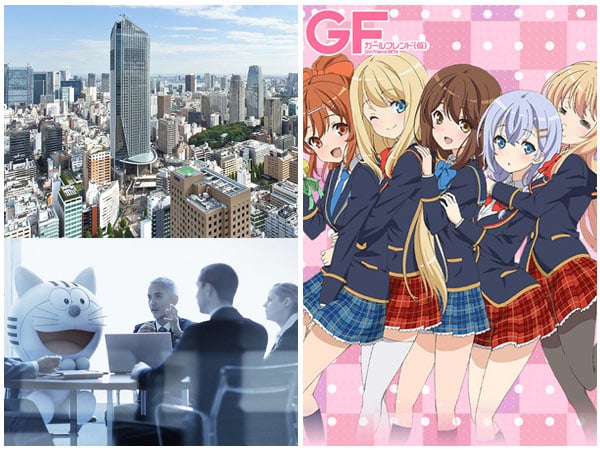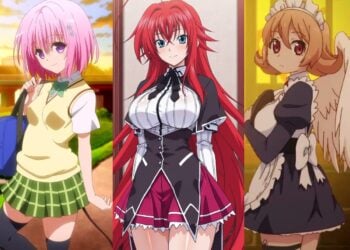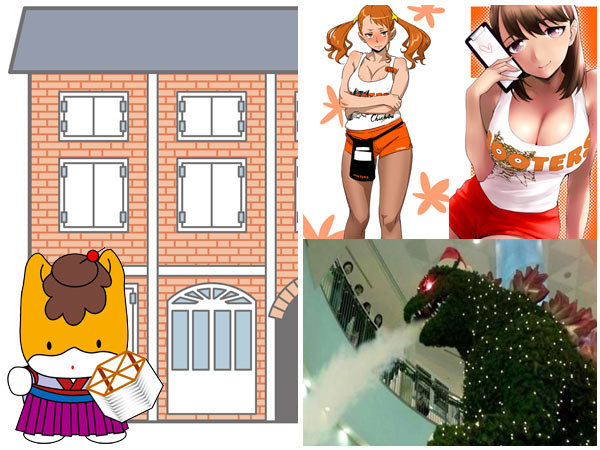
My family has always been very cross-cultural, with my kids equally at home watching Pokemon or the films of Hayao Miyazaki in Japanese as with episodes of Scooby Doo or the Harry Potter movies in English. (My daughter learned that she could watch all the YouTube she wanted as long as she told us, “But I’m practicing my English, it’s educational!”) When I came to Japan in the early 90s the idea of large American style shopping malls was quite rare, but a few years later they started to appear in our prefecture. The first time I took our kids to one of the new malls, my son stopped just inside the door and said, “Wow, I’m suddenly not sure whether I’m in Japan or America.” It was a feeling I could certainly understand. Normally at restaurants in Japan, when your food order has all been brought out the server will deposit a final receipt, which you take up to the cash register to pay as you leave. But in most restaurants in the U.S. you ask the server for your check and pay at your table. Whenever I visit a U.S. chain restaurant like Hard Rock Cafe or Hooters in Tokyo, I always find myself having a mini-stress attack as I try to remember how I’m supposed to pay, sometimes even temporarily forgetting which country I’m in.
It’s interesting, looking at Japan through some of the “firsts” in its history. Like John Kendrick, a ship’s captain who participated in the Boston Tea Party and fought in the Revolutionary War then went on to become the first American to visit Japan. Or Horace Wilson, a teacher at the predecessor of Tokyo University, who thought it’d be fun to teach his students to play baseball back in 1873, which was the beginning of the long history of the sport here. Or the first English teacher in Japan, a half-Chinook, half-Scottish man from Seattle with the unlikely name of Ranald MacDonald, who entered Japan in 1848, during the isolationist Edo Period when it was death for a foreigner to set foot in the country. He was caught and sent to Nagasaki where he spent almost a year teaching English to several Japanese while waiting for a ship to take him home. (He never thought to write a book about his travels in Japan, which is a shame as it would have made him one of the most famous people of his age.) Another “first” in Japan’s history is the opening of the first modern factory, the Tomioka Silk Mill, which happens to be located in J-List’s prefecture of Gunma. Earlier this year the site was granted status as a UNESCO Heritage Site, which of course tickled Japanese people immensely, since they love nothing more than having the International community officially recognize aspects of their culture and history. Naturally you can buy all sorts of local souvenirs related to the silk mill, including plush Gunma-chan dolls dressed like the factory workers of the period.
Tomorrow, November 11, is a special day for Pocky fans, designated by the Glico company as Pocky Day, since 11/11 looks like four Pocky sticks lined up. Let’s all enjoy some delicious Pocky, or better yet, find someone cute and try “the Pocky Game” with them. J-List carries all varieties of Pocky (and Pretz) from Japan, including the exotic seasonal kind you’ve never seen anywhere else, and we got a big restocking in today. Why not browse our lineup of Japanese Pocky right now and see the new flavor offerings?


